.jpg) |
| Ajanta Caves Dr Murali Mohan Gurram, CC BY-SA 3.0, via Wikimedia Commons |
India’s cultural heritage is as old as civilization itself, and nowhere is this legacy more visible than in its breathtaking rock-cut cave architecture.
Chiseled into mountainsides, cliffs, and rocky plateaus, these caves embody the spiritual aspirations, artistic brilliance, and engineering skills of ancient India.
Serving as temples, monasteries, prayer halls, and sanctuaries, they became canvases for religious devotion and architectural experimentation.
Beyond their spiritual aura, visiting these ancient wonders is an experience of sight, sound, and taste. As travelers walk through halls echoing with centuries of prayers, they are greeted outside with the aroma of local Indian food—deliciously spiced, comforting, and reflective of the land’s diversity.
Historical Importance of Rock-Cut Cave Architecture in India
Rock-cut cave architecture in India dates back to the 3rd century BCE and reached its zenith between the 2nd century BCE and the 9th century CE. Unlike free-standing structures, these caves were painstakingly carved out of solid rock using hammer, chisel, and sheer perseverance.
Early Beginnings: Buddhist Patronage
-
The earliest caves were mostly Buddhist chaityas (prayer halls) and viharas (monasteries).
-
These provided monks safe retreat during monsoons and travelers a place for spiritual reflection.
-
Emperor Ashoka and subsequent rulers sponsored such constructions as part of their support for Buddhist institutions.
 |
| Abu Delwara Jain Temple @VedicTemples, CC BY-SA 4.0, via Wikimedia Commons |
Evolution with Hinduism and Jainism
-
Over time, rock-cut architecture expanded to include Hindu temples and Jain sanctuaries.
-
The transformation from simple prayer halls to grand temples with intricate sculptures reflects both religious evolution and advancements in artistry.
-
This blending of traditions makes Indian rock-cut caves not just monuments of devotion but also chronicles of India’s pluralistic spiritual history.
Techniques and Symbolism
-
Carving began from the top of a cliff downward, ensuring stability.
-
Interiors were carefully planned to mimic wooden structures of earlier times—arched windows, beams, and vaulted ceilings sculpted directly from rock.
-
Symbolic carvings—lotuses, stupas, and mythological scenes—adorned walls, turning stone into storybooks of faith.
Religious Significance
Rock-cut caves were never mere shelters; they were sacred spaces for meditation, worship, and community life.
-
Buddhist Caves: Spaces for chanting, teaching, and meditation, adorned with Jataka tales narrating the Buddha’s previous lives.
-
Hindu Caves: Temples carved in devotion to Shiva, Vishnu, and other deities, symbolizing cosmic order and divine presence.
-
Jain Caves: Reflecting ideals of asceticism, discipline, and spiritual purity with serene depictions of Tirthankaras.
These structures allowed entire communities of monks and devotees to live, pray, and thrive together. Their location along trade routes also ensured interaction between pilgrims and merchants, spreading faith and culture far and wide.
If any tourists need any help, here is the official website of the Government of India to guide the domestic and foreign tourists: India Tourism Development Corporation (ITDC)
Seven Must-Visit Rock-Cut Cave Sites in India
India is blessed with dozens of extraordinary cave complexes, but seven stand out for their grandeur, history, and cultural resonance.
 |
| Ajanta Caves © Vyacheslav Argenberg / http://www.vascoplanet.com/, CC BY 4.0, via Wikimedia Commons |
1. Ajanta Caves (Maharashtra)
Dating from the 2nd century BCE to the 6th century CE, Ajanta consists of 30 rock-cut caves famous for their Buddhist murals, sculptures, and chaityas.
The paintings depict stories from the Jataka tales, royal courts, and divine beings.
Ajanta exemplifies how religion, art, and architecture merged seamlessly to create an eternal masterpiece.
2. Ellora Caves (Maharashtra)
 |
| Ellora Caves © Vyacheslav Argenberg / http://www.vascoplanet.com/, CC BY 4.0, via Wikimedia Commons |
A UNESCO World Heritage Site, Ellora features 34 caves representing Buddhism, Hinduism, and Jainism. The crown jewel is the Kailasa Temple (Cave 16), carved entirely from a single rock and dedicated to Lord Shiva.
It is not only an architectural wonder but also a symbol of religious harmony, showcasing three major faiths coexisting within one site.
3. Elephanta Caves (Maharashtra)
Located on an island near Mumbai, these caves date back to the 5th–8th centuries CE. The highlight is the colossal Trimurti sculpture, depicting Shiva as creator, preserver, and destroyer. The caves illustrate the grandeur of Hindu rock-cut art, blending spirituality with monumental scale.
4. Udayagiri and Khandagiri Caves (Odisha)
Built during the reign of King Kharavela in the 1st century BCE, these caves are associated with Jain monks. They feature meditation cells, inscriptions, and carvings symbolizing ascetic ideals. The location offers panoramic views, adding to the spiritual aura.
5. Badami Caves (Karnataka)
Dating from the 6th–7th centuries CE, these caves include Hindu, Jain, and Buddhist shrines. Highlights include vivid carvings of Lord Vishnu’s avatars, Nataraja with 18 arms, and Jain Tirthankaras. The caves showcase Chalukyan artistry and their ability to blend devotion with aesthetics.
6. Karla and Bhaja Caves (Maharashtra)
Among the earliest Buddhist rock-cut caves in India (2nd century BCE), these are known for their massive chaitya halls, wooden architectural imitations, and exquisite pillars. The Great Chaitya at Karla is particularly awe-inspiring, with vaulted ceilings and rows of pillars guiding devotees toward the stupa.
7. Kanheri Caves (Maharashtra)
Located within Mumbai’s Sanjay Gandhi National Park, Kanheri comprises 100+ caves dating from the 1st century BCE to the 10th century CE. They served as Buddhist monasteries, prayer halls, and residential quarters. Kanheri reveals how caves were not just temples but centers of learning and community living.
.jpg) |
| Ajanta Caves Dr Murali Mohan Gurram, CC BY-SA 3.0, via Wikimedia Commons |
The Cultural and Artistic Dimensions
Sculptural Brilliance
-
Figures of deities, dancers, animals, and mythological scenes breathe life into solid stone.
-
Ajanta’s murals remain unmatched in their finesse, while Ellora’s Kailasa temple demonstrates monumental ambition.
Architectural Innovations
-
Replicating timber construction in stone—arched windows, ribbed ceilings.
-
Intricate planning ensured natural light and ventilation even deep inside caves.
Symbolism
-
Lotus motifs symbolizing purity.
-
Bodhi trees symbolizing enlightenment.
-
Mythological carvings illustrating dharma (righteousness) and karma (cosmic law).
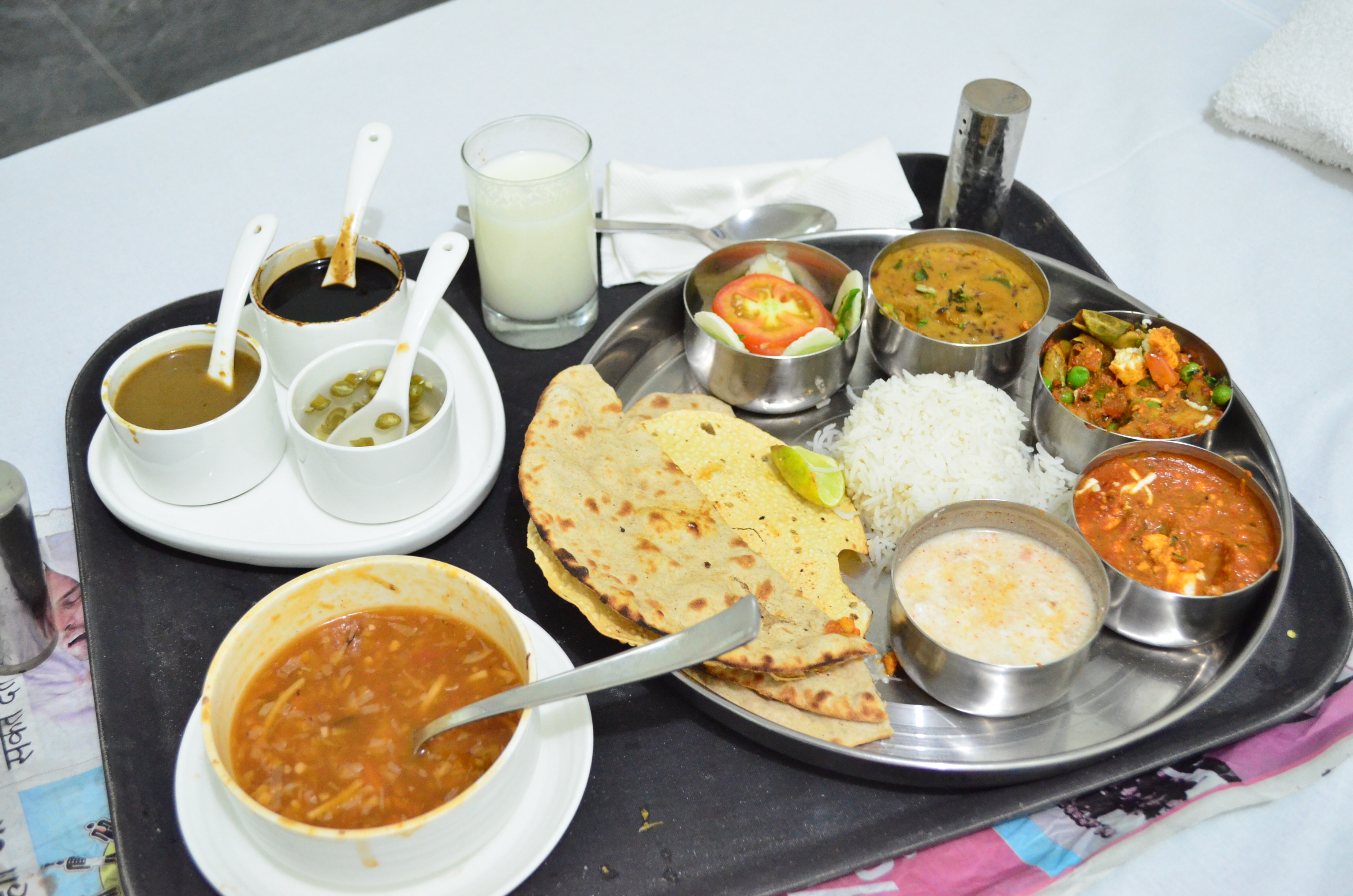 |
| Typical Veg Indian Thali Prav2991993, CC BY-SA 4.0, via Wikimedia Commons |
How Tasty the Local Indian Food Is
One of the joys of exploring ancient caves in India is sampling the regional cuisines nearby.
Each cave complex is surrounded by towns and villages offering food that reflects the land’s culture and agriculture.
Maharashtra (Ajanta, Ellora, Elephanta, Karla, Bhaja, Kanheri)
-
Staples: Jowar bhakri (millet bread), varan-bhaat (dal and rice), and spicy curries.
-
Snacks: Vada pav, misal pav, bhajiya (fritters).
-
Sweets: Puran poli, modak.
-
Why it’s special: Maharashtrian food strikes a balance between spice and sweetness, ideal for travelers after a day of exploration.
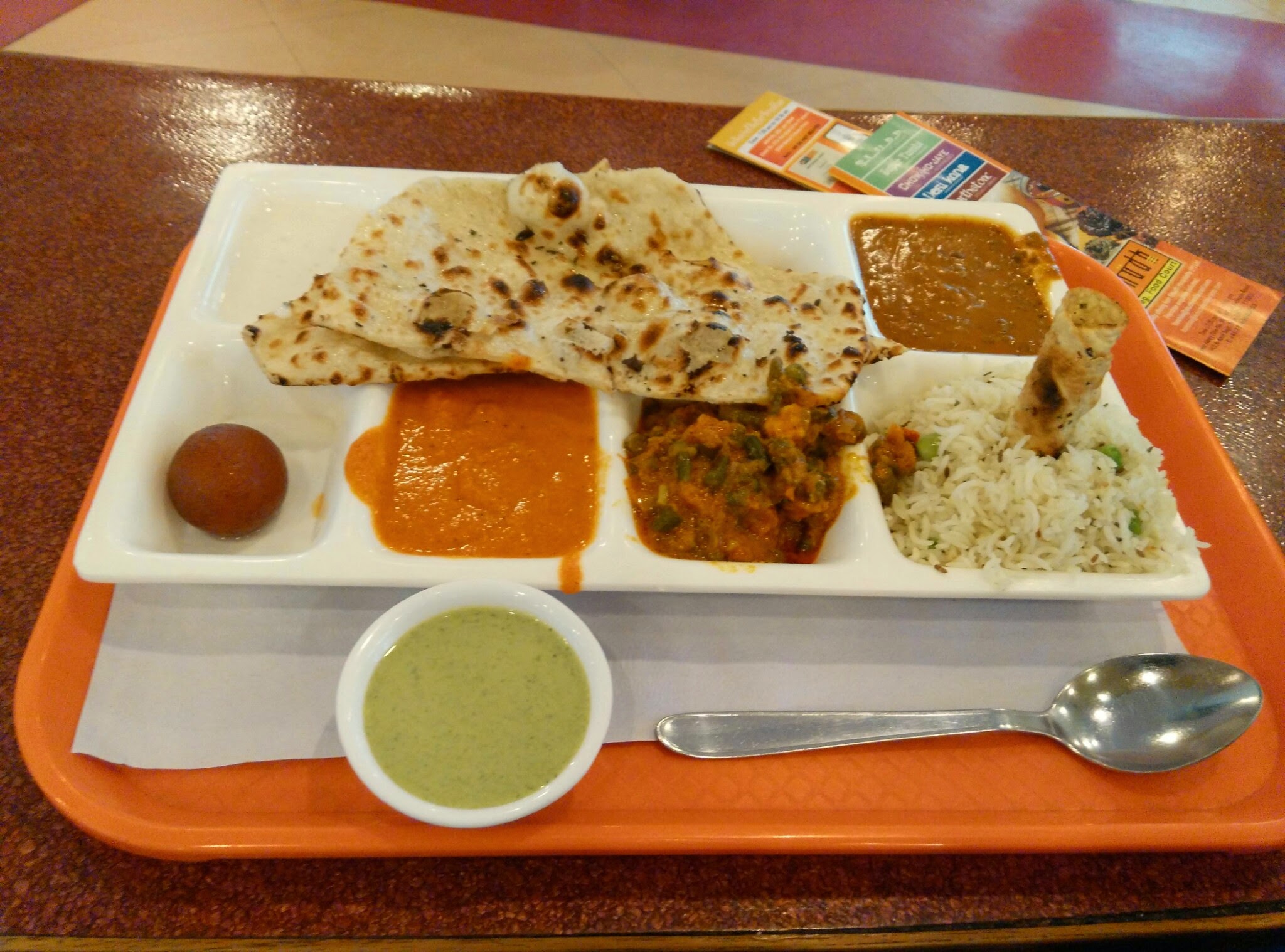
Indian Veg Thali (Dish)
Asif Saleh, CC BY-SA 4.0, via Wikimedia Commons

Asif Saleh, CC BY-SA 4.0, via Wikimedia Commons
Odisha (Udayagiri & Khandagiri)
-
Staples: Rice with dalma (lentils cooked with vegetables) and fish curries in coastal areas.
-
Sweets: Chhena poda (baked cottage cheese dessert), rasgulla.
-
Why it’s special: Food here is earthy, nourishing, and deeply connected to temple traditions.
Karnataka (Badami)
-
Staples: Ragi mudde (finger millet balls) with sambar and jolada rotti (sorghum bread).
-
Snacks: Bisi bele bath, medu vada.
-
Sweets: Mysore pak, obbattu.
-
Why it’s special: The food is hearty, spicy, and comforting—perfect after climbing cave steps under the sun.
Why Ancient Rock-Cut Caves Still Matter
-
Spirituality: They continue to inspire devotion and meditation.
-
Heritage: They preserve India’s pluralistic religious history.
-
Artistry: They showcase unmatched craftsmanship in carving, painting, and symbolism.
-
Tourism: They attract travelers from across the globe, enriching local economies.
-
Cultural Exchange: As trade routes passed by many caves, they reflect centuries of interaction between India and the wider world.
Conclusion
Ancient Indian rock-cut cave architecture is more than a marvel of stone; it is a living testament to India’s faith, artistry, and ingenuity. From Ajanta’s painted walls to Ellora’s monumental Kailasa temple, from the meditative silence of Udayagiri to the grandeur of Elephanta, each site whispers stories of devotion, discipline, and creativity.
And when travelers step out of these caves, their journey continues at the dining table—tasting litti-chokha in the east, puran poli in the west, and ragi mudde in the south. The food, like the architecture, connects past and present, spirit and body, and history and life.
A journey through India’s rock-cut caves is thus not only an exploration of ancient wonders but also a feast for the senses—visual, spiritual, and culinary.
Sources (for reference, not in main essay body)
-
Archaeological Survey of India archives.
-
UNESCO World Heritage listings on Ajanta, Ellora, and Elephanta.
-
Scholarly works on Indian rock-cut architecture and religious history.
-
Regional Indian food studies from cultural and tourism boards.
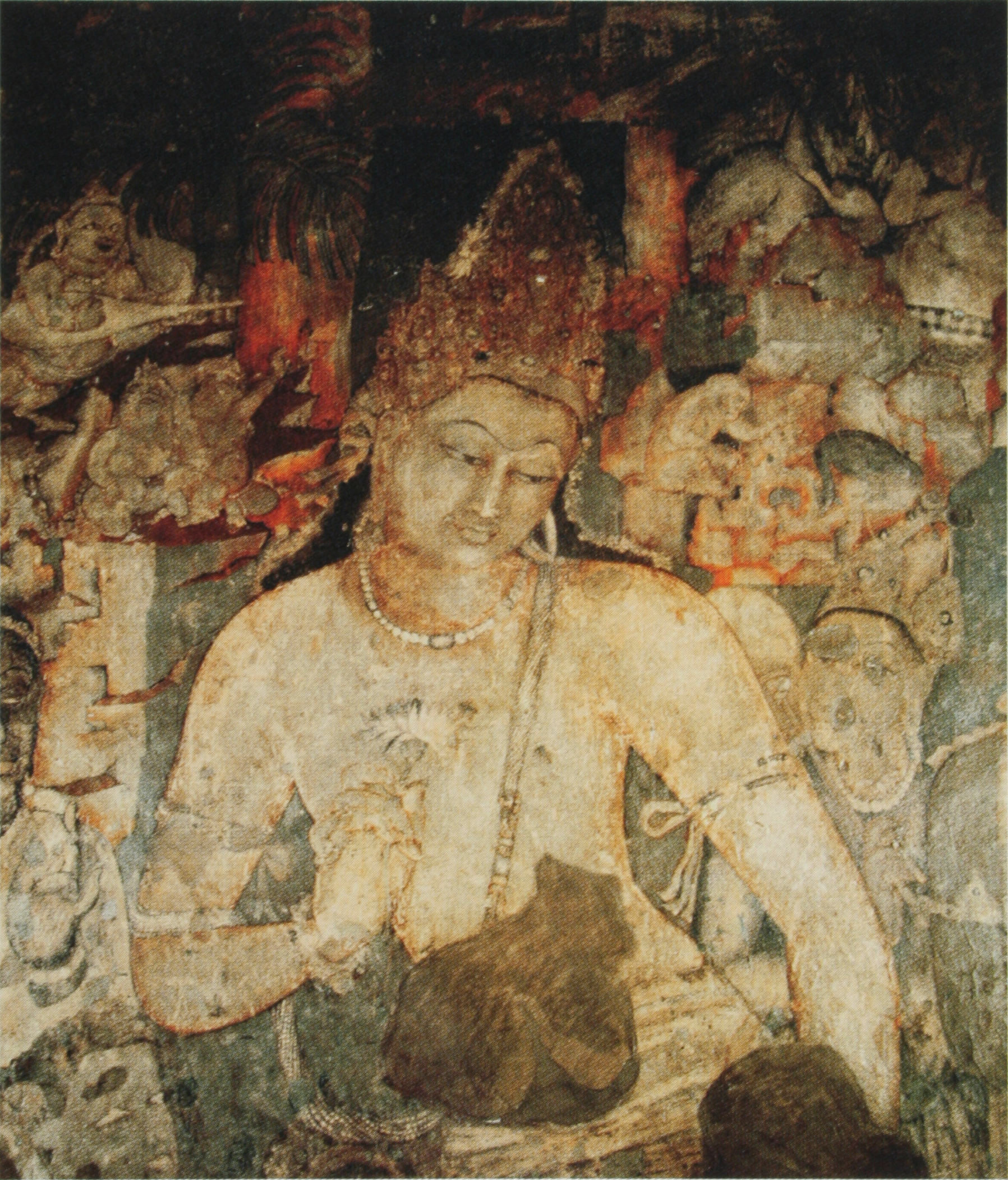
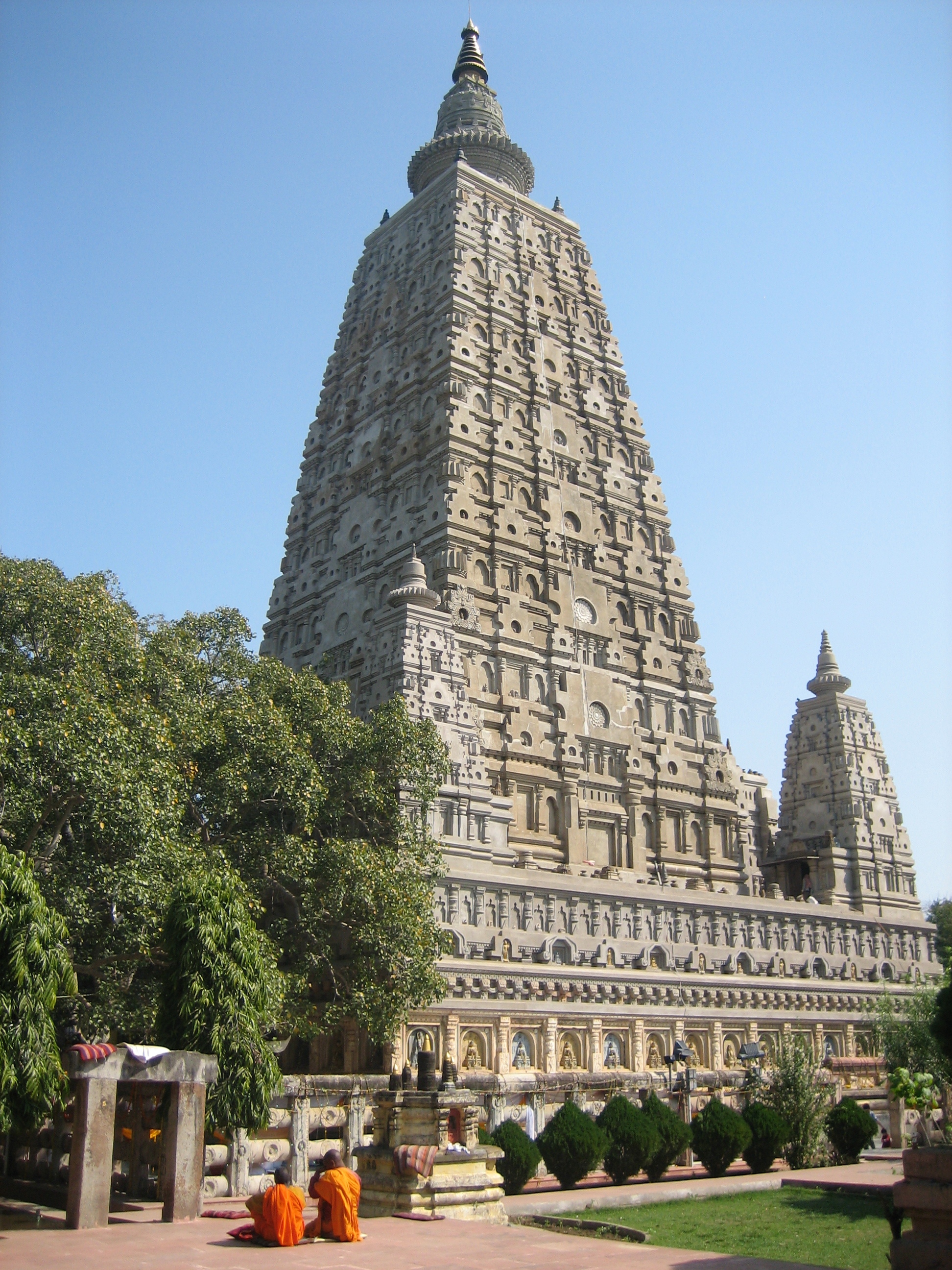

_district_of_Bihar%2C_India._10.jpg)
.jpg)
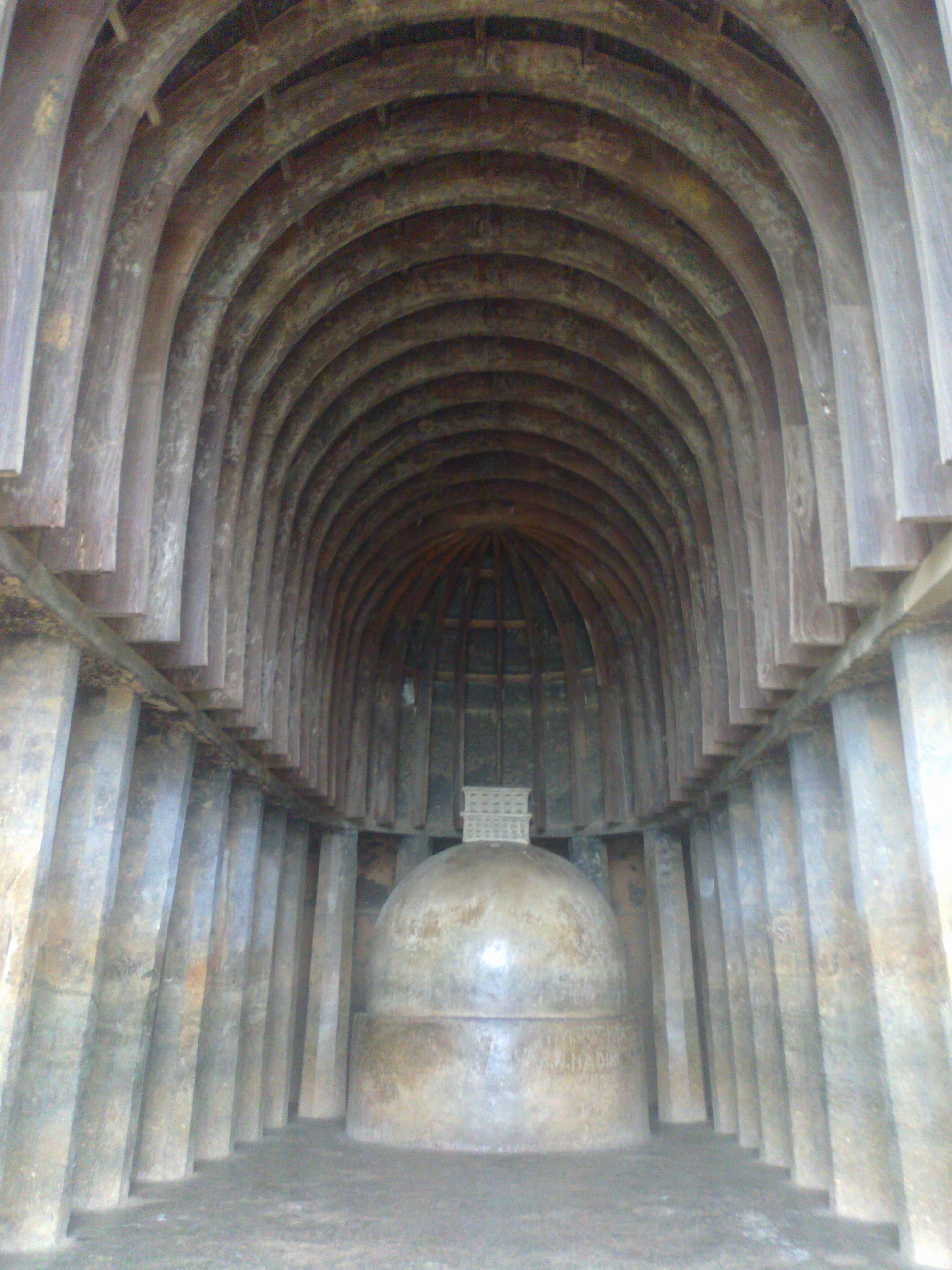

.jpg)




